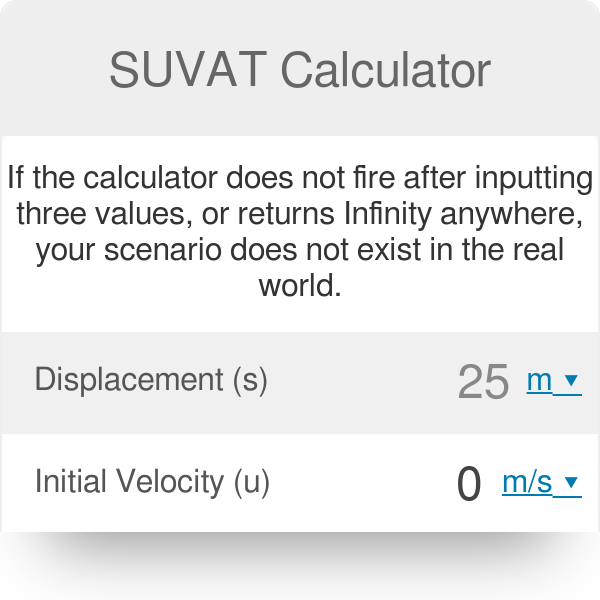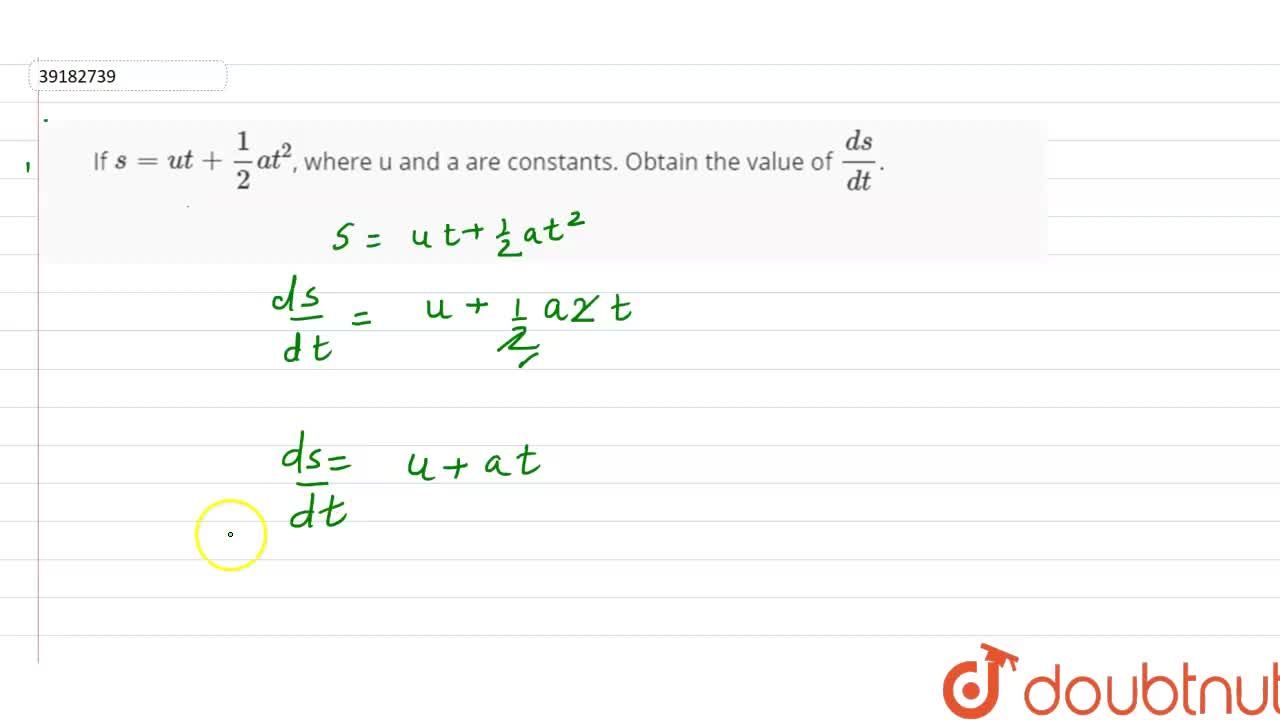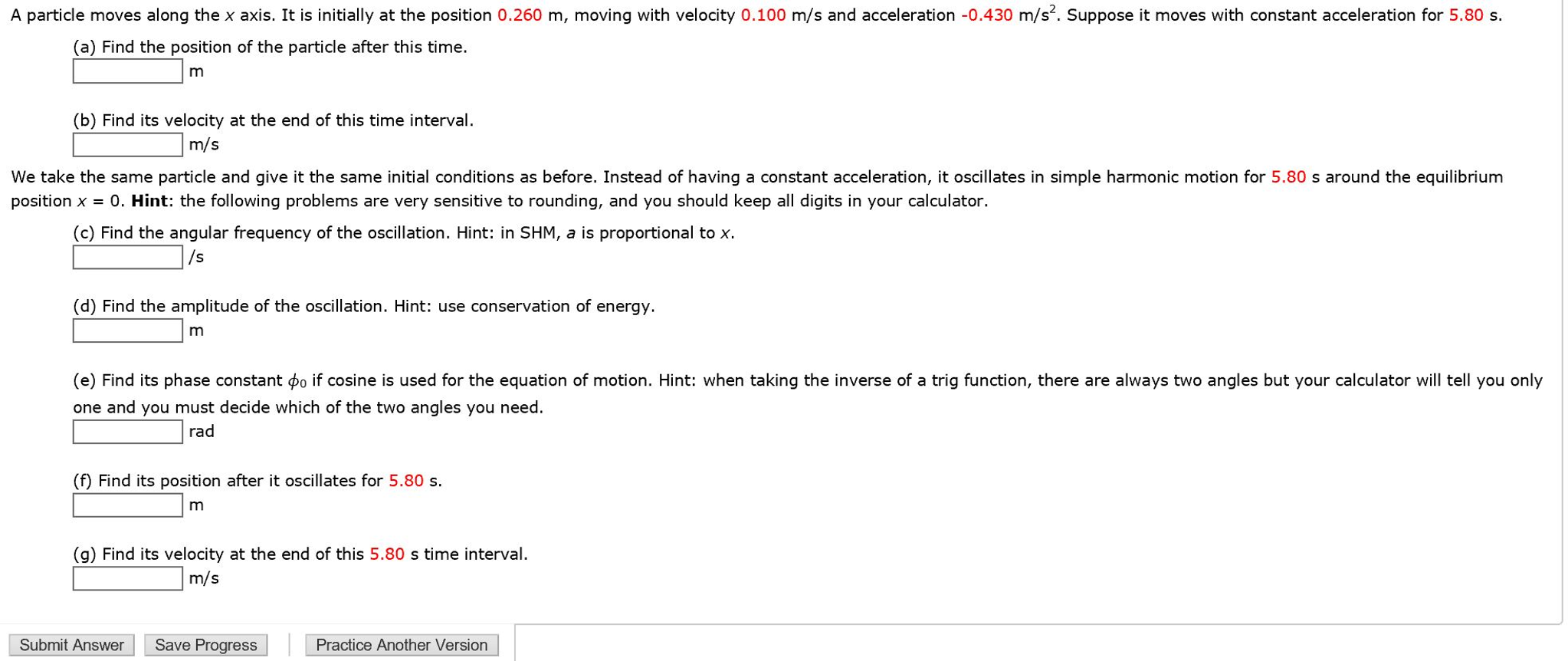How to write a C program that will receive initial velocity (u) acceleration (a) and time (t) calculate and display the displacement (s), (s =ut +0.5 at^2) - Quora
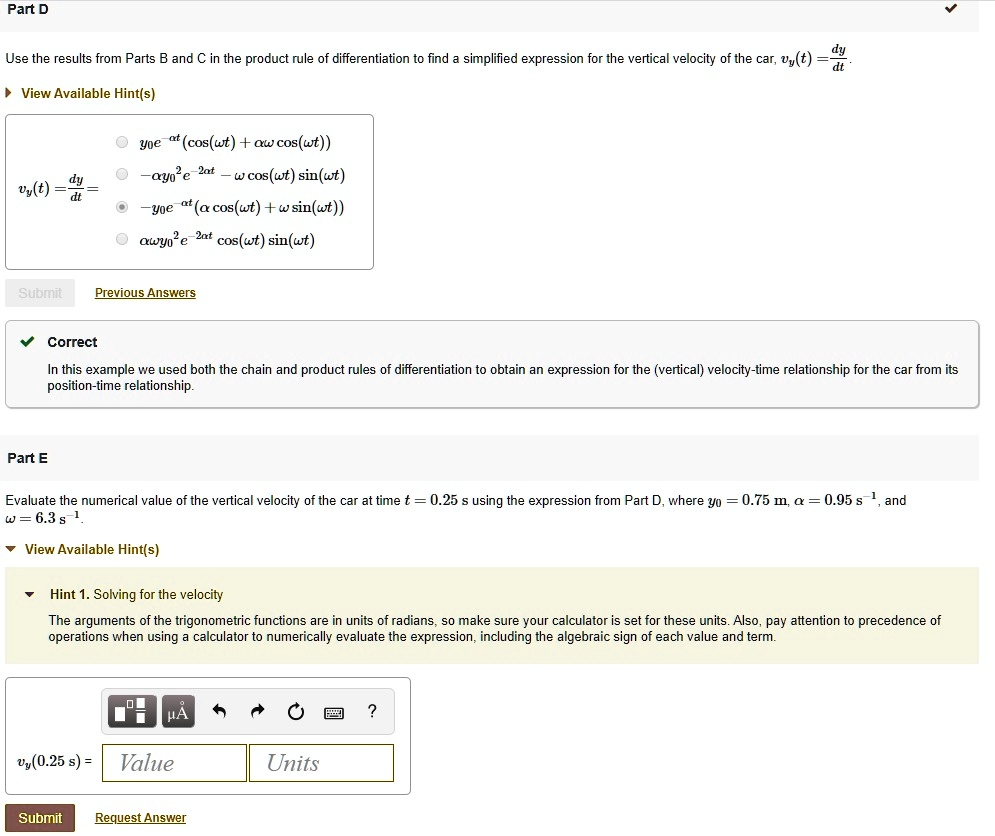
SOLVED: Pant D Use the results from Parts B and C in the product rule of differentiation to find simplified expression for the vertical velocity of the car; Uy(t) =d View Available
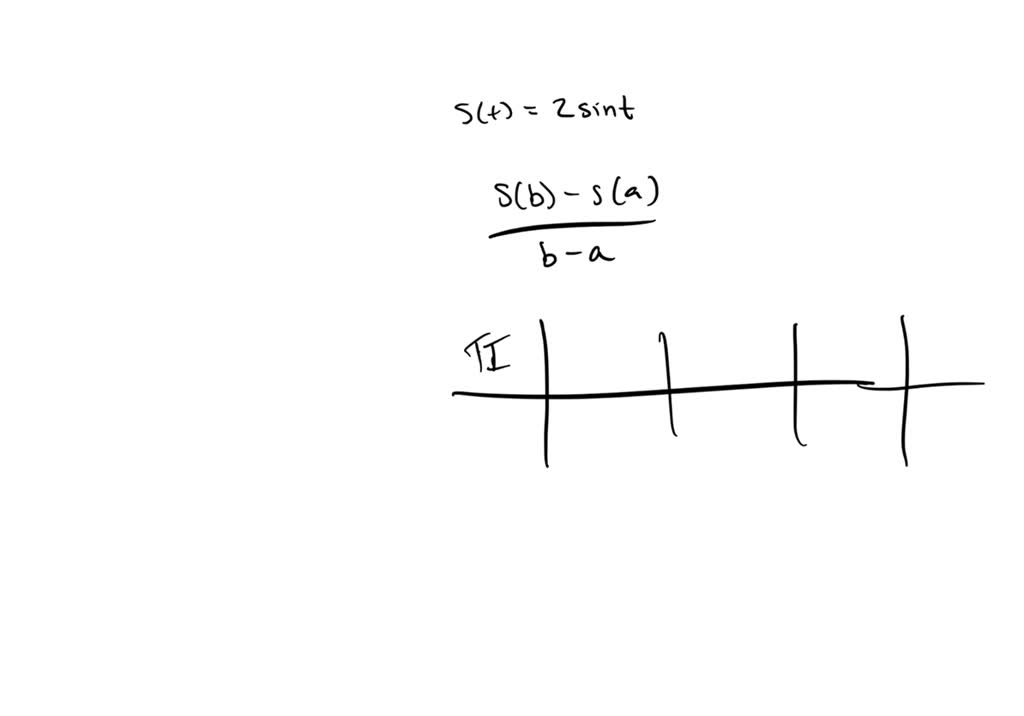
SOLVED: Consider the position function s(t) = 2 sin t that describes a block bouncing vertically on a spring: Complete the following table with the appropriate average velocities. Then make a conjecture
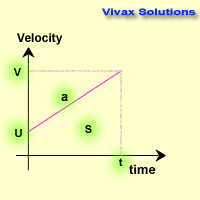
Kintematics Tutorial for A Level Mechanics - v = u + at; s= ut + 1/2 at^2; v^2 = u^2 + 2as; SUVAT | Vivax Solutions
Solving SUVAT Problems Using Simultaneous Equations On Casio fx-CG50 | Kinematic Equations دیدئو dideo
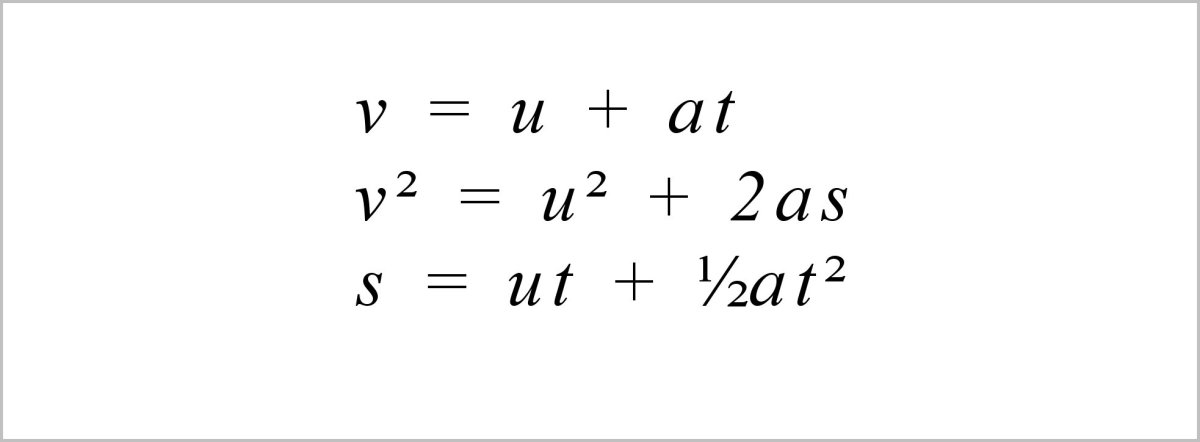
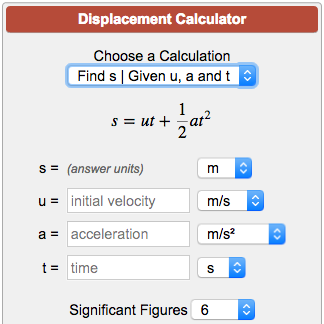


![Answered] S=ut+1/2at Sq. Prove By calculus method - Brainly.in Answered] S=ut+1/2at Sq. Prove By calculus method - Brainly.in](https://hi-static.z-dn.net/files/dee/e51e7394c9c37efea4b2797188564f0a.jpg)


